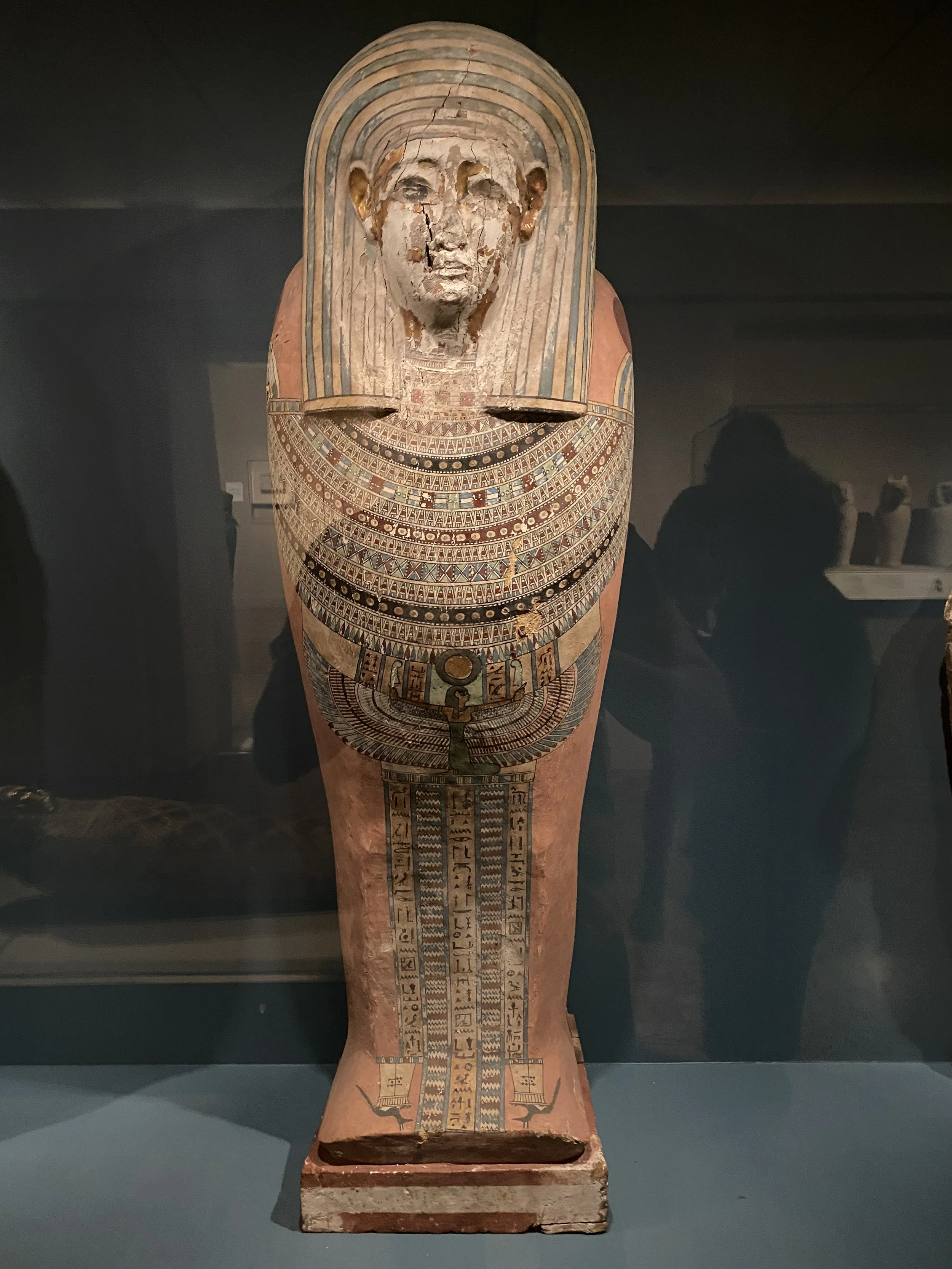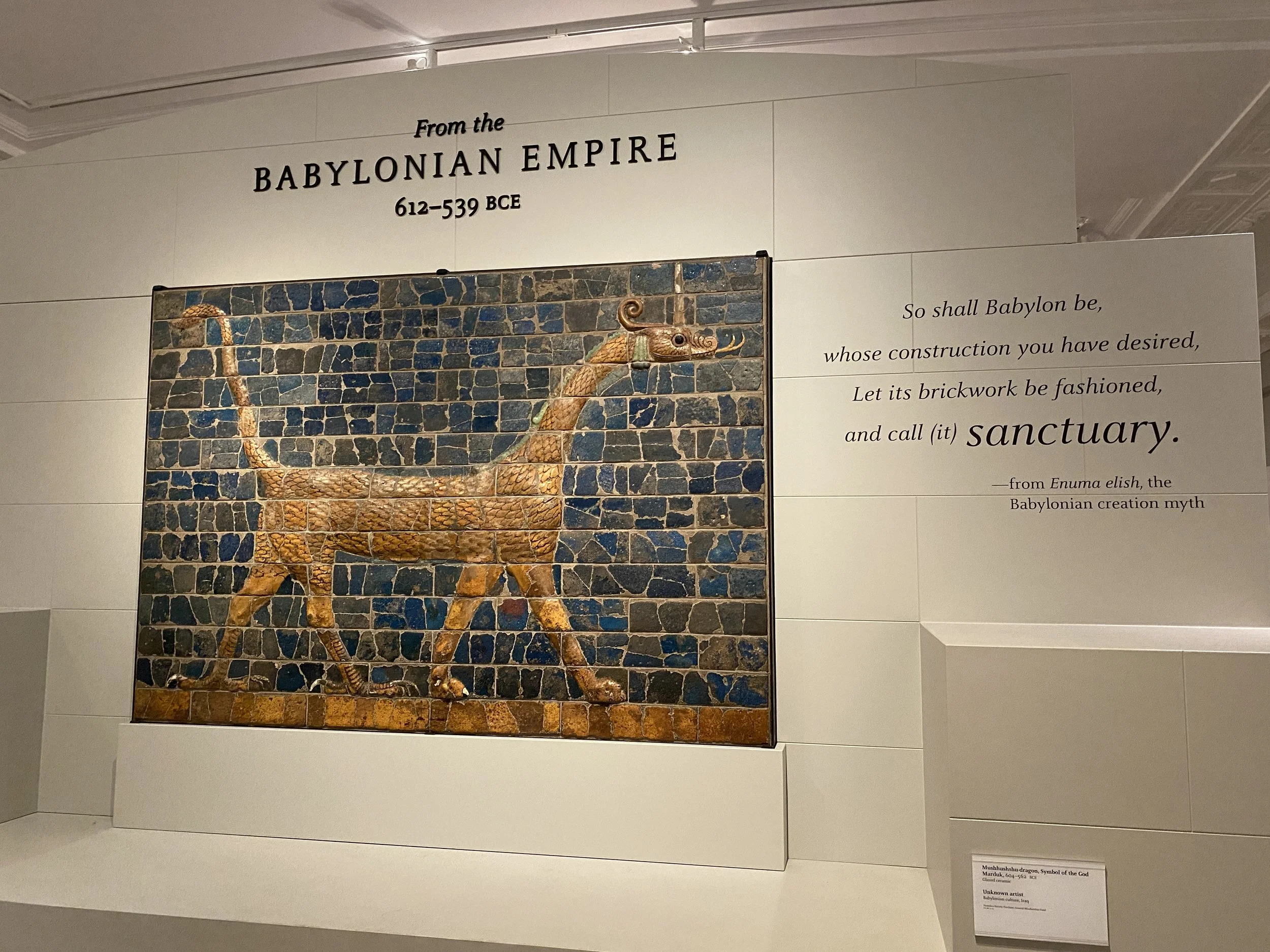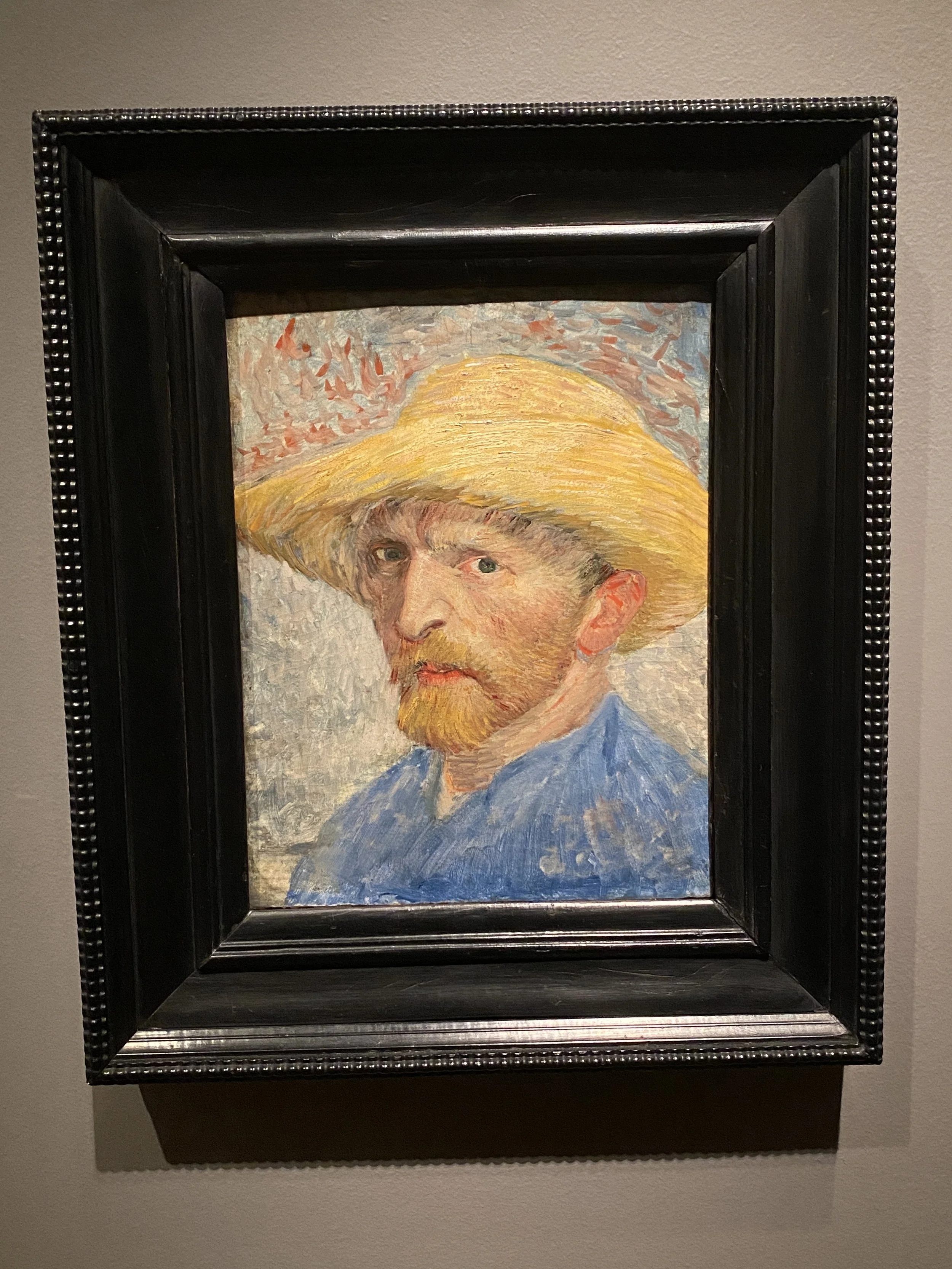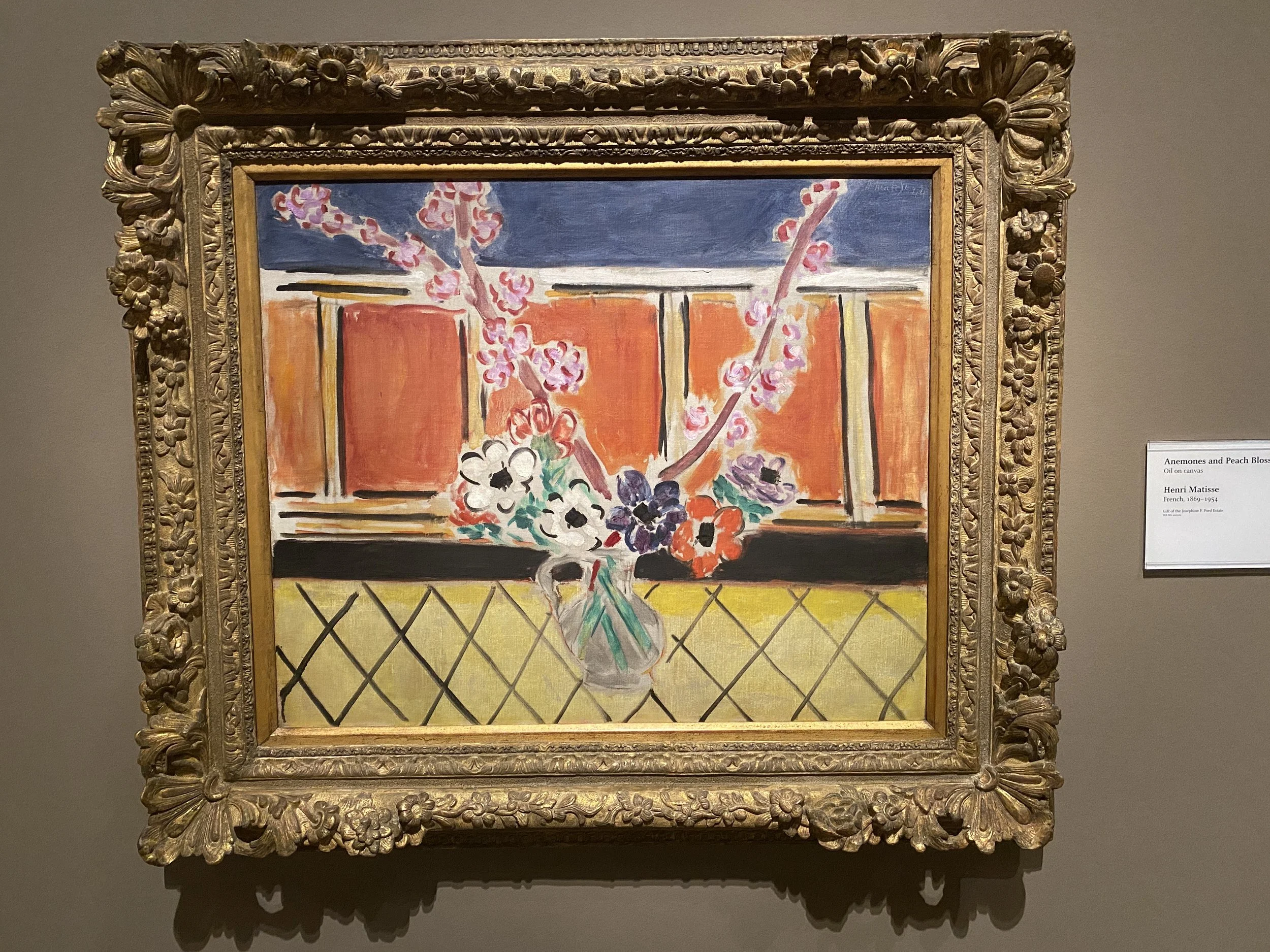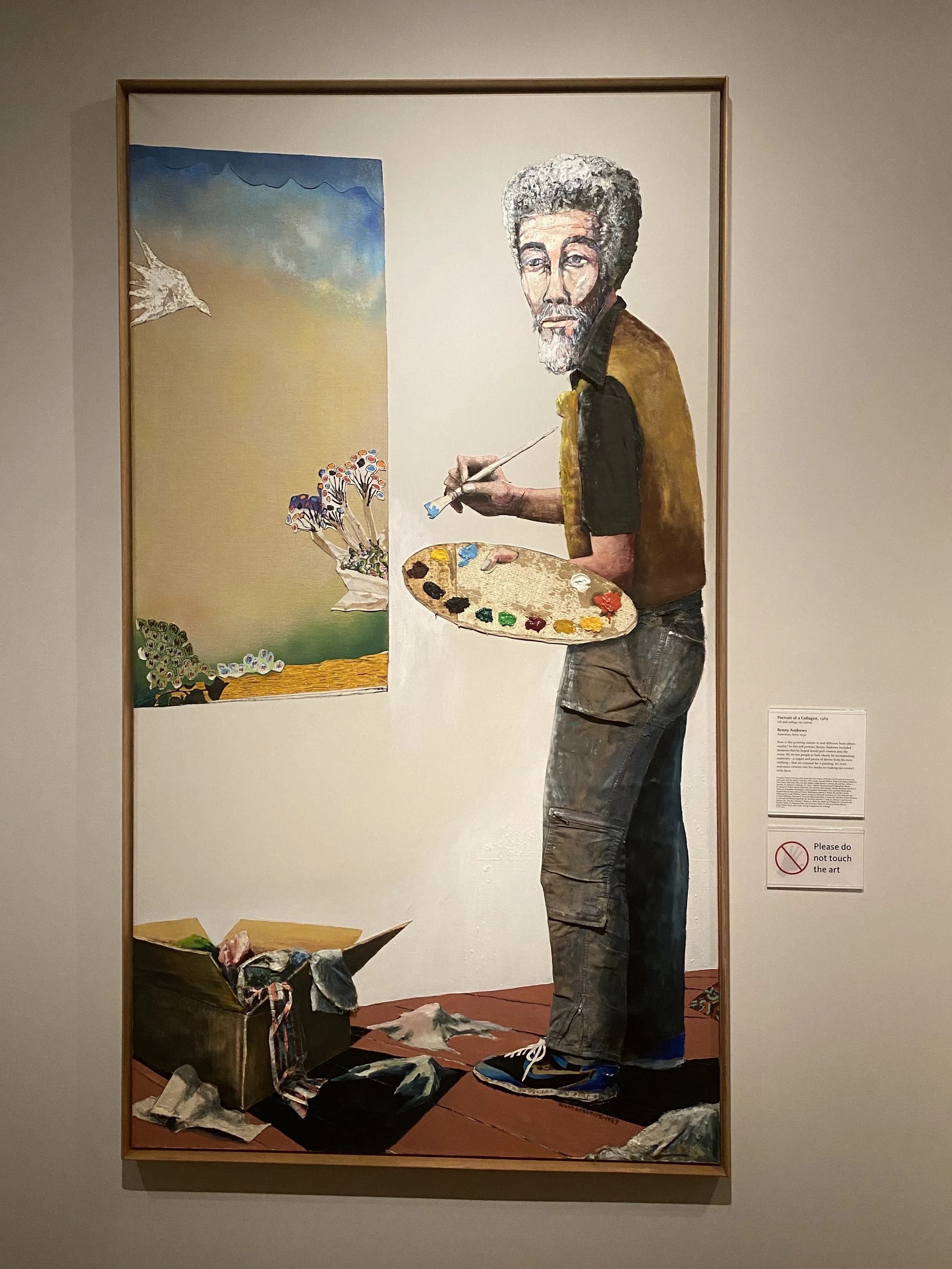Article and Photography by Colin Secore
On June 13th, fellow PUGG member Micah Fornari and I went on a trip to Michigan and met a couple of my friends, staying right by the city of Detroit. The journey was meaningful for me since it was the first time I took a trip of this caliber without any guidance from my family. Granted, Micah came with lots of a traveling experience and I owe him a great debt of gratitude for his help in navigating travel routes. It was also the first time I’ve ever traveled away from the east coast. The Michigan environment consists of a lot of busy highways, which was a stark contrast to the winding roads I am accustomed to in the Hudson Valley.
There are many famous facilities in and around Detroit, including the Detroit Institute of Art. It’s a museum and art gallery three floors tall. On the first floor was art and architecture from various ancient cultures. Work and literature from the Byzantine empire, ancient Egypt, indigenous American tribes, African societies, and ancient China. On the second floor was the modern art space. Art from iconic eras in recent history from famous artists were on display. I was face-to-face with the work of multiple artists I’ve learned about through art history in college. There were the impressionist works of Claude Monet, the cubist paintings of Pablo Picasso, and the surrealist works of Salvador Dali and Frida Kahlo. I was also fortunate to find works by Benny Andrews on this floor. On the third floor was furniture from different periods of history, however we ran out of time before we could see.
Sarcophagus, Egyptian, linen, stucco, and polychromed cedar wood
Ancient art and architecture was always something I have been interested. I tend to drift towards those kinds of things in museums, and here was no different. The age of the artifacts on display is incomprehensible. The civilizations are impossible to fully imagine, so these pieces of their time are fascinating on their own. Even a small slab of hieroglyphs from ancient Egypt carries significant weight and awe. One such piece of interest was Mushhushshu-dragon, Symbol of the God Marduk. Taken from the Ishtar Gate from Babylon, the bright panel depicts the Mesopotamian deity Mushhushshu. This work was a significant centerpiece in my viewing. It’s royal blue color betrayed its age, and being just a part of a whole provided a convenient sense of scale for what was one of the most impressive feats of architecture in Mesopotamia’s age. It’s an indescribable feeling to stand in front of something so historic.
Mushhushshu-dragon, Symbol of the God Marduk, molded and glazed baked brick, 604 - 562 BCE
We traveled to the second floor soon after. Despite seeing pieces of art that have been romanticized and hyped up for so long, I felt a sense of disillusionment. Seeing the brushstrokes on Vincent van Gogh’s self portrait unveiled the human artist behind it. Not to say it wasn’t impressive, as its high regards are deserved. But like being presented with any piece of artwork, one finds an intimate connection with the artist and their intention. I could find the humanistic beauty in it that I could not before, and in that, the ethereal quality was lost. The use of color and movement weaves together an image from expression, warmth, and personal sensations.
Self-Portrait, Vincent van Gogh, oil on artist board mounted to wood panel, 1887
Another piece that stood out to me was Henri Matisse’s Anemones and Peach Blossoms. His impressionist work has been a great source of inspiration for me. Being confronted with one of his work with my own eyes made me wonder more about his process. One could imagine the motions of the painter while closely observing their painting. While the veil of fame was lifted and I was able to personally face that painting, it was still enchanting. The use of soft edges and colors that are easy on the eyes come together to create a masterfully gentle painting.
Anemones and Peach Blossoms, Henri Matisse, oil on canvas, 1944
While exploring the second floor, Micah pointed out to the rest of us that a couple works by Benny Andrews were on display in an African American art section. Benny Andrews was one artist from New York city who Ben Wigfall invited down to Communications Village to print. You can learn more about PUGG’s involvement with Communications Village here. In the exhibition in Ben Wigfall’s name at the Dorsky Museum in SUNY New Paltz, several of Benny Andrews’ prints were on display. Andrews has been heavily involved with Ben Wigfall and it is a gracious surprise to see the influence of historic, local African American artists reach so far.
Andrews’ work is composed of both elements of collage and paint. In Portrait of a Collagist, Andrews depicts his likeness with earthy oil paints while composing his outfit from real fabrics, all in an eight-foot-tall painting. The figure in the painting is himself in the act of painting, with a box of cloth nearby. Both the palette in his hand and the box of cloth expertly illustrate Andrews’ consistent ability to pull the image outwards with paint and collage. The dollops of raw color on the figures palette look wet and prepared to be pulled from. The fabrics pouring out of the cardboard box by his feet seem to naturally fold and crease. The towering art and the artist mirror each other and meet the viewer in a personal, multi-media experience.
Portrait of a Collagist, Benny Andrews, collage and oil on canvas, 1989
I don’t often get to see the works of historically famous artists, only the opportunities to learn about them. I have yet to even visit the Massachusetts Museum of Contemporary Art. When I went on this adventure to the DIA, I was grateful for not just getting to be there with my friends, but also getting to be close with these artworks. The sheer wealth of original art, both ancient and modern, was astounding. One could get lost in the halls weaving through different cultures and eras. While I have spotlighted a select few pieces of interest, I implore you to one day visit the DIA yourself and let yourself be guided by the art that compels you.

